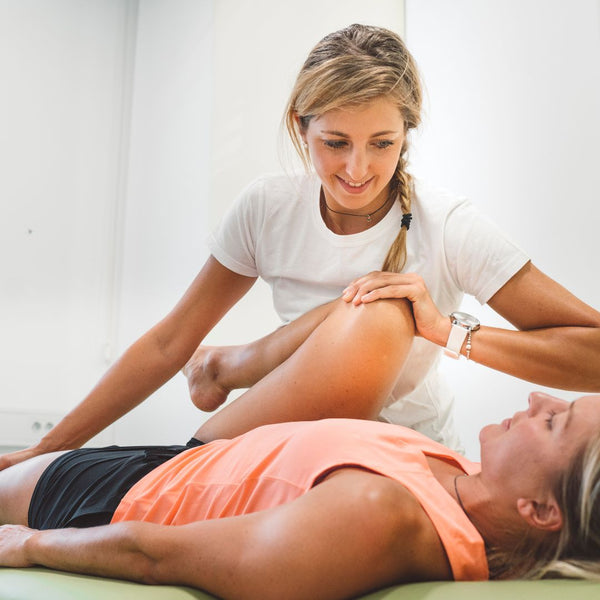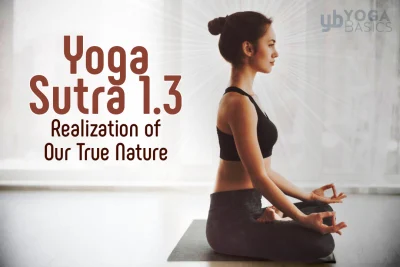
We remember when stretching used to be simple. You bend down, touch your toes, and carry on with your workout. Nowadays, there’s a plethora of different types of stretching you can choose from.
Still, there’s the question: is stretching that important? If so, how should I stretch? Well, in this article, we’re going to talk about a type of stretching you weren’t doing in gym class: isometric stretching. So, what is isometric stretching, and should you use it? Our conclusion might surprise you.
Just starting out lifting and not sure where to begin? Or not seeing the progress you were hoping for? Our 12-week program will guide you in your fitness journey along with…
What Is Isometric Stretching?
We need to first define isometric stretching. Upon first glance of watching a person practice isometric stretching, you’ll likely assume that it’s static stretching (unlike ballistic stretching). It’s not. While similar to static stretching, isometric stretching is a bit different.
Isometric stretching is also compared to another type of stretching known as proprioceptive neuromuscular facilitation or PNF stretching. Yet again, while similar, it’s a bit different.
The truth is most people have probably never performed isometric stretching. Therefore, we’ll start by comparing it to these other methods briefly to help better visualize the difference.
Isometric Stretching Vs. Static Stretching
Static stretching is generally the first thought that comes to mind when people think of stretching. It’s a form of flexibility exercise in which a muscle or group of muscles is gradually stretched and held in a position for a prolonged period, typically 15-60 seconds.
Static stretching’s primary objective is to increase muscle length and improve flexibility through chronic use.
The most common type of static stretching exercises include;
- Toe touch
- Overhead tricep stretch
- Pec stretch
Isometric stretching, on the other hand, involves both stretching and contracting the muscle simultaneously. It usually involves having a trainee hold a stretch in a specific position while actively contracting the muscle being stretched.
While the muscle contracts, it is an isometric contraction. This means the muscle length does not move – think about the muscle when you flex your bicep or a wall sit. This contraction is typically held for 10-30 seconds, and then the stretch is released and repeated.
In summary, both static stretching and isometric stretching have a person move a joint into a maximal range of motion. However, static stretching has the trainee hold that spot while keeping the muscle relaxed, while isometric stretching has them contract their muscle.

Isometric Stretching Vs. PNF Stretching
PNF stretching, which stands for Proprioceptive Neuromuscular Facilitation, is a form of stretching that combines muscle stretching and muscle contraction. There are an array of various types of PNF which use different combinations of;
- Passive stretch
- Active stretch
- Agonist contraction
- Antagonist contraction
PNF manipulates your proprioceptors, especially the Golgi tendon organ (GTO), using these tactics. This allows the muscles to relax and stretch farther.
It’s primarily used to enhance range of motion and flexibility, often proving more effective than static stretching alone. However, it ideally requires a partner or therapist trained in PNF.
While PNF includes stretching a muscle and contracting it, the way it’s done is very different from isometric stretching. A few differences;
- PNF requires a passive stretch by way of force
- The muscle contraction in isometric stretching is simply done to increase strength.
- PNF alternates through periods of stretching and contraction, where isometric stretching holds a position and contracts a muscle.
That said, there is one version that is very similar to isometric stretching called contract-relax PNF. This involves getting into a deep stretch, contracting the muscle for 5-10 seconds, and then continuing the stretch.
The primary difference is with isometric stretching; you simply contract the muscle for a prolonged period that lasts the duration of the stretch.
However, it does seem the terms are sometimes used interchangeably, so going forward, we’ll discuss both of them, especially when we get to the benefits. However, we’ll be clear about distinguishing which one we’re speaking of.

How Does Isometric Stretching Work?
Now, let’s look at the theory behind isometric stretching – at what’s happening on the muscular level.
Two concepts are going on.
The first is that contracting the muscle in a stretched position helps to lengthen the entire muscle.
When you stretch a muscle, not all the muscle fibers will lengthen equally. Some will stretch, while some will stay in the shortened position. These muscle fibers that stay in a shortened position are what ultimately limit flexibility.
Now, If you stay in this position and then contract the muscle, it will pull on the shortened muscle fibers first, lengthening them. This provides a more complete stretch of all the muscle fibers.
Another supposed mechanism of isometric stretching is similar to PNF stretching above. When you contract the muscle in a stretched position, it activates the Golgi tendon organ. This relaxes the muscle, allowing it to stretch farther…theoretically.
Benefits Of Isometric Stretching
So, let’s get to the benefits.
We’ll start by saying that, to our knowledge, there seems to be a scarcity of studies on isometric stretching. The closest type of stretching we could find studies on was the contract-relax variation of PNF, as we mentioned above.
The results of these studies weren’t always great. For example, a 2015 study compared the use of static stretching and contract-relax stretching to increase the flexibility of the hamstrings and its effect on strength. It found that static stretching was superior in increasing flexibility and strength adaptations.¹
However, another from 2019 demonstrated that it effectively improved muscle flexibility of the hamstrings.²
This is in line with a large meta-review released in 2019. This meta-review reviewed all the literature on contract-relax stretching on the hamstrings and found inconclusive evidence that it is superior to other forms.³
But again, those are for contract-release, not isometric stretching.
Looking through the internet, there are many claims about isometric stretching, such as that it increases strength, flexibility, and mobility. Unfortunately, we weren’t able to find any conclusive evidence to support them.
There are some claims that contracting the muscle in a lengthened state is more beneficial for developing strength. This is due to the concept of stretch-mediated hypertrophy.? While this is an interesting theory, we can’t say that it’s going to help break through plateaus.
What we would say is it could be an interesting tactic to use for rehab. Or, perhaps to stimulate some strength adaptations at the farthest end of your stretch but again, this is theoretical.
Is Isometric Stretching Better For Flexibility?
So, if you want to increase flexibility, should you use isometric stretching?
Well, as we couldn’t find any studies supporting its use, or contract-relax, over static stretching, the best we could tell you is to experiment.
To be clear, both static stretching and isometric stretching (contract-relax) increase flexibility. However, we can’t say if one works better than the other.
The only form of stretching that seems to offer superior benefits in terms of increasing flexibility is PNF, and even that isn’t 100% conclusive.?

Just starting out lifting and not sure where to begin? Or not seeing the progress you were hoping for? Our 12-week program will guide you in your fitness journey along with…
Final Say On Isometric Stretching
Isometric stretching seems to be another form of stretching that you can use to increase your flexibility and mobility. While it is beneficial, it doesn’t seem like it’s necessarily better than other forms of stretching. Therefore, if you’ve never tried it, it won’t hurt if you give it a shot next time during your morning stretching session and see if it helps.
References
- Balle, S. S., et al. “Effects of Contract-Relax vs Static Stretching on Stretch-Induced Strength Loss and Length-Tension Relationship.” Scandinavian Journal of Medicine & Science in Sports, vol. 25, no. 6, 26 Jan. 2015, pp. 764–769, https://doi.org/10.1111/sms.12399.
- Kay, Anthony D., et al. “The External Validity of a Novel Contract?Relax Stretching Technique on Knee Flexor Range of Motion.” Scandinavian Journal of Medicine & Science in Sports, vol. 30, no. 1, 3 Oct. 2019, pp. 74–82, https://doi.org/10.1111/sms.13554.
- Cayco, Christopher S., et al. “Hold-Relax and Contract-Relax Stretching for Hamstrings Flexibility: A Systematic Review with Meta-Analysis.” Physical Therapy in Sport, vol. 35, Jan. 2019, pp. 42–55, https://doi.org/10.1016/j.ptsp.2018.11.001.
- Warneke, Konstantin, et al. “Physiology of Stretch-Mediated Hypertrophy and Strength Increases: A Narrative Review.” Sports Medicine (Auckland, N.Z.), vol. 53, no. 11, 9 Aug. 2023, pubmed.ncbi.nlm.nih.gov/37556026/, https://doi.org/10.1007/s40279-023-01898-x.
- Borges, Mariana Oliveira, et al. “Comparison between Static Stretching and Proprioceptive Neuromuscular Facilitation on Hamstring Flexibility: Systematic Review and Meta-Analysis.” European Journal of Physiotherapy, vol. 20, no. 1, 7 July 2017, pp. 12–19, https://doi.org/10.1080/21679169.2017.1347708.






